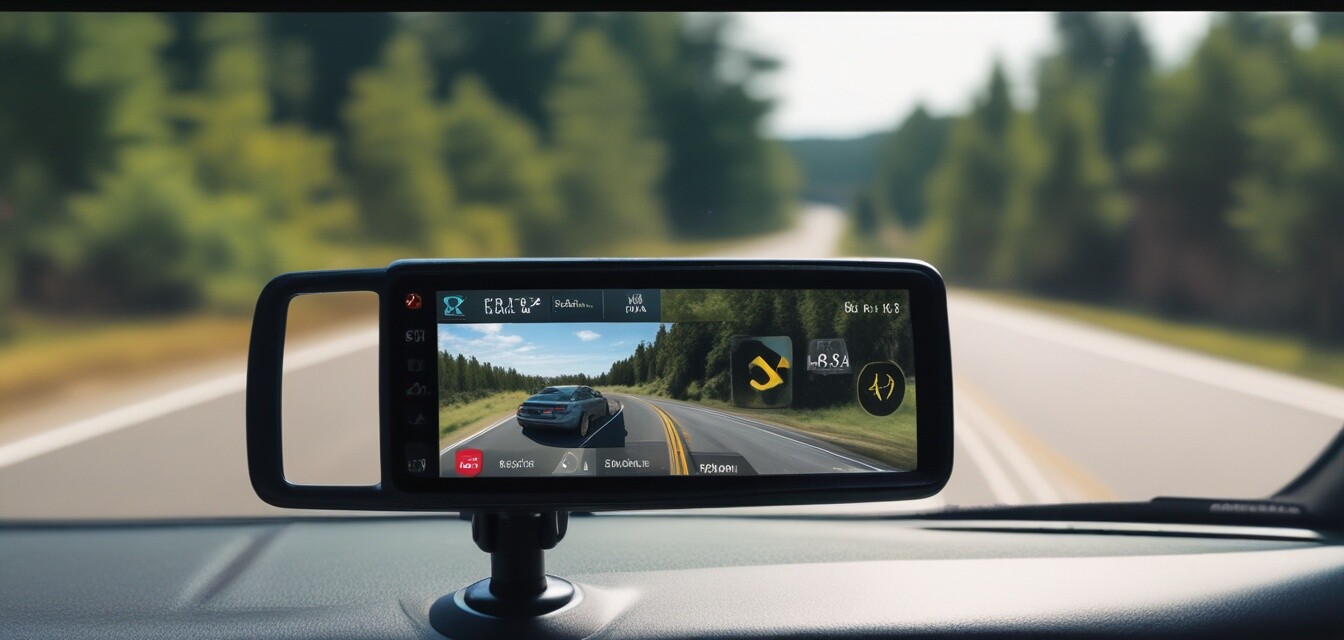
How to optimize your dash cam settings
Key Takeaways
- Adjust resolution settings for clearer video quality.
- Configure loop recording duration to ensure continuous coverage.
- Set up GPS settings if available for tracking location.
- Regularly review and delete old footage to free up space.
- Customize your dash cam’s sensitivity settings to capture essential events.
Optimizing your dashboard camera settings is essential for capturing high-quality video that can be crucial in the event of an accident. Understanding the features of your device and configuring them correctly will ensure you maximize the potential of your dash cam. This guide covers various settings and adjustments you can make to get the best performance out of your device.
1. Adjust resolution and video quality
One of the first settings to consider is the resolution of your recordings. Higher resolutions provide clearer videos but require more storage space. The most commonly adjustable resolutions are:
| Resolution | Video Quality | Storage Requirement |
|---|---|---|
| 720p | Good | Low |
| 1080p | Very Good | Moderate |
| 1440p | Excellent | High |
| 4K | Ultra High Definition | Very High |
Select the resolution that fits your needs. If you frequently drive in busy areas or at night, opting for a higher resolution can provide more details in your footage. For general use, 1080p strikes an excellent balance between video quality and storage space. For more insights, check out our buying guides.
2. Configure loop recording settings
Dash cams typically record in loops to avoid running out of space. It’s essential to configure the loop recording duration based on your driving habits. The options generally include:
- 1-minute clips
- 3-minute clips
- 5-minute clips
Choosing a shorter loop duration (like 1 minute) allows for quick access to recent incidents, while longer clips provide more context. Consider your storage capacity and personal preference when making this decision.
3. Utilize GPS features
If your dash cam is GPS-enabled, make sure this feature is activated. GPS data can include speed and location tracking, which is useful during an incident. It enhances the legitimacy of your footage as evidence.
4. Regularly manage storage
It's important to regularly review and manage your recorded footage. Keeping your memory card clutter-free ensures that your device functions optimally. Follow these tips:
- Review footage weekly or bi-weekly depending on usage.
- Delete unnecessary footage, especially if no incidents occurred.
- Consider using cloud storage or an external hard drive for archiving important videos.
5. Sensitivity and motion detection settings
Many dash cams come with motion detection or G-sensor functionalities. Configuring these properly can help you capture essential events like sudden stops and collisions. Tips to configure these options:
- Set the G-sensor level: Medium sensitivity is usually ideal.
- Adjust motion detection based on your frequent driving environments; lower sensitivity for busy areas and higher for quieter zones.
For more about how to choose a dash cam with advanced features, visit our section on advanced dash cam features.
Conclusion
Taking the time to optimize your dash cam settings can dramatically enhance the quality of your recordings and ensure that you capture crucial evidence during road incidents. By adjusting key settings such as video resolution, loop recording duration, and sensitivity features, you can significantly increase your dash cam's effectiveness. Regular management of footage ensures your device continues to perform well and serves you in the event of an emergency.
Pros
- Improved video quality and clarity.
- Enhanced documentation of driving incidents.
- Optimal storage management.
- Personalized settings based on driving patterns.
Cons
- Higher resolution consumes more storage space.
- Complex settings can be confusing for beginners.
- Inconsistent performance based on configuration.
Further Resources
Knowledge is key to ensuring your dash cam is always ready for action. Explore our Tips and How-To's category for additional advice and troubleshooting tips. Stay safe and drive smart!
